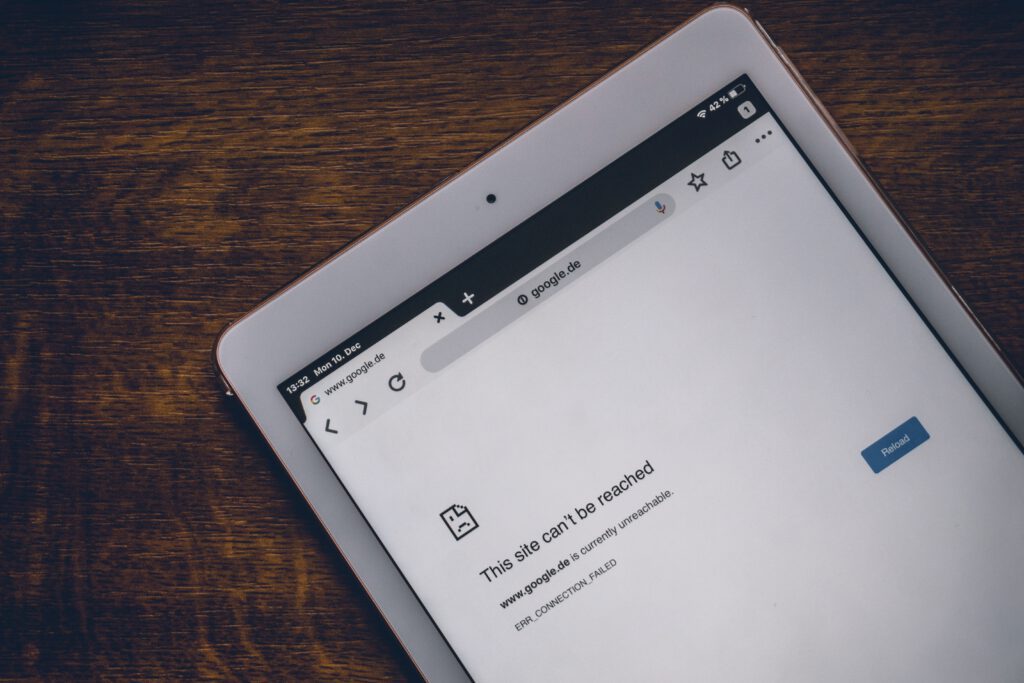Are Online Textbooks Worth It?
Digital magazines, online newspapers, downloadable books. You name it, the consumer has come to expect it, and all on a handheld device that fits in their pocket. The way we are consuming text has come a long way over the past decade; gone are the days of wasting valuable suitcase space on lugging around novels for your annual holiday, or waiting around for your Sunday newspaper delivery. Why would you, when everything is available instantly at the touch of a button, exactly when and where you want it?
But as the rest of our paper world goes online, how is the world of education changing? Are online textbooks a better alternative for the student? Do they encourage higher engagement, or are they just a bandwidth nightmare? Here we discuss Digital Textbooks vs Paper Textbooks – are they worth it?
Let’s weigh up the pros and cons of the humble printed textbook and its transformation to digital.
Online textbooks: the pros
No shipping costs or waiting time – The process of ordering new paper textbooks can be arduous: order samples, wait for delivery, schedule time for teachers to review the single copy provided, select a winner and then place your order. It can take months before the textbooks actually hit the shelves of your classrooms. Digital textbooks can allow all teachers access to a trial within minutes.
Easily updated content – Curriculum changes, typos and improvements can be instantly updated, meaning no more crossing out dated content with a biro, or paying for new editions. This also means you get access to the latest examples and case studies, keeping student learning relevant and engaging.
Improvement in reading skills and engagement – The National Literacy Trust’s study of children’s access to e-books found that boys’ reading levels increased by an average of 8.4 months, compared with 7.2 months’ progress made by girls. Furthermore, the percentage of boys that felt reading was difficult almost halved from 28.0% to 15.9%, suggesting that confidence in their own reading ability increased as a result of the project. In addition, the percentage that felt reading was cool rose from 34.4% to 66.5%.
No heavy textbooks means a lighter backpack – Multiple studies have been conducted on the negative impact of carrying heavy backpacks on students’ health. One study showed students carried on average over 15% of their own body weight, which increased their risk of musculoskeletal injury, fatigue, redness, swelling and discomfort. Digital textbooks mean students can replace multiple heavy books with a single handheld device.
More environmentally friendly – The carbon footprint of a digital book is significantly less than that of a printed book. This gap increases even further if you are reading on devices that you already own, such as laptops, tablets and phones, rather than on an e-reader such as a Kindle.
Multimedia learning approach – Videos, 3D models and quizzes ensure higher retention of information, as well as better engagement for students of varying abilities.
Instant feedback whilst it’s relevant – Frequent formative assessment as students work through the book reinforces their learning. They can instantly see how well they’re doing as they go along, rather than waiting for feedback from their teacher.
Data tracking holds students accountable – No more ‘the dog ate my homework’ or ‘I forgot my textbook’ excuses when all work is traceable. Data tracking of student progress then allows teachers to check in and understand how to support their students where they need it most.
Preparing students for the digital world of work – One argument is that improving digital reading and research skills prepares students for further education as well as the world of work, where they are likely to be using some form of technology every day. More than 50 per cent of today’s jobs worldwide require some degree of technology skills, and experts say that this percentage will increase to 77 per cent in the next decade.
Better help for EAL students – English as an Additional Language (EAL) students can often be at a disadvantage to their peers, in class and at home. Online translation apps and plug-ins allow them to follow along in their native tongue, in a way that printed textbooks have never catered for before.
Accessibility during school closures – Students won’t fall behind when unforeseen circumstances affect their access to school, as long as they have access to the internet at home. Teachers can set reading and assignments to ensure everything stays on track. This can also be useful for students in remote areas, or students on long-term leave from school.
Everything in one place – Note-taking, highlighting and bookmarking features allow students to store everything they will need in one place. Before an exam they can quickly find the information they need without having to waste time cross-referencing with their old handwritten notes – it is all stored digitally for them and accessible through their phone.
Online textbooks: the cons
Homework notifications could be invasive – Although using an electronic device comes more naturally to the modern student than picking up a printed book, receiving notifications on devices that they use socially or for relaxation could cause its own problems. Growing concerns for student mental health and wellbeing mean teachers and parents need to equip students with the skills to know when and how to switch off from their school work.
It’s not for everyone – Some students (and teachers for that matter) simply prefer the old-fashioned way of putting pen to paper when it comes to education. In these cases, individuals should feel free to work in the way that comes naturally to them, to better their learning and progress. Product trials, followed by student surveys, are incredibly useful to understand the general consensus of your school.
Investment of time – There is no doubt that it takes a commitment of time to get students and teachers set up and trained on any new technology that is implemented in school. It is the responsibility of the digital publisher to ensure thorough and efficient training to make using of the technology worthwhile, as well as to provide ongoing support for new users.
Must cater for dyslexic students – Inaccessible fonts, wording and layout can ostracise dyslexic students. With no official guidelines in place for digital textbooks, publishers must proactively cater to these students to ensure they are meeting their needs. Ask your online textbook provider what they do to support dyslexic students, to ensure that all of your students will find them accessible.
Device shortage in some schools – Although many schools have now made the switch to digital, some schools have struggled to find the funding. A survey in the US showed over 50 per cent of teachers now have a one-to-one student-to-device ratio. Charities that campaign for schools and their fundraising have become an important pillar in ensuring no school gets left behind in the advancement of technology in education.
Need for reliable internet – It goes without saying that with an online textbook, students and teachers need to be able to get online, which is not always easy in remote areas or if the school bandwidth is low. However, don’t let students fool you with the excuse of no internet – a digital textbook only uses as much bandwidth as Instagram.
And the winner is…
There are many arguments in favour of and against digital textbooks, arguably all with the core value of ensuring the best outcomes for students and teachers. As with all disruptive technology, there will always be some cons, along with some sceptics.
However, the key to a successful and smooth transition lies with the digital publisher itself. If the publisher takes its role of training teachers and students seriously, ensuring accessibility for all students and teaching a thorough understanding of the platform, the increased opportunities associated with going digital can be undeniable from a pedagogical standpoint. The world of education needs to try to keep up with the digital revolution in order to stay relevant for its students. This will ensure the best transition for students from school into further education, or indeed the world of work.
Whilst the printed textbook has not evolved much from its humble origins one hundred years ago, it’s interesting to ask ourselves: will all textbooks be digital one day? If so, how long will it take us to get there? With more teachers leaving the profession than ever before, can schools afford to risk not giving their teachers the best support possible? No one can be sure, but in endeavouring to drive improvements in education for the world’s students through technology, we are surely heading in the right direction. Are online textbooks worth it? It’s up to you to decide.
Did you like this article and want to try out online textbooks at your school? Kognity is the world’s leading provider of intelligent textbooks. Get in touch for a trial today!
Blog articles




